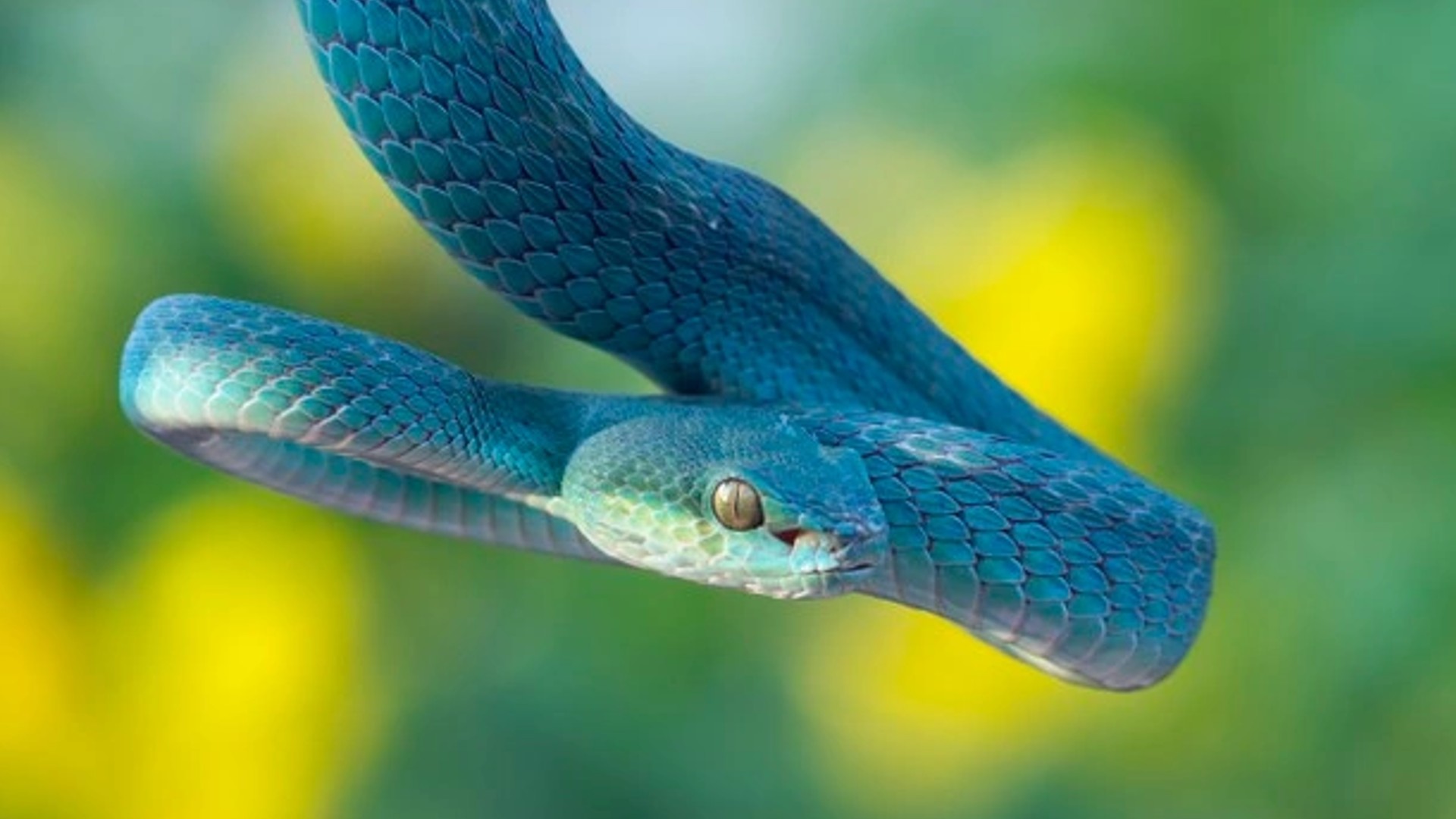The sudden mass extinction of over 75 percent of life on Earth was caused by an asteroid impact in the Cretaceous period.
A new study suggests all modern snake species evolved from a few species that survived the asteroid impact 60 million years ago.
In a research published in the journal Nature, researchers say that a few snake species survived the event by going underground and staying without food for long periods. Survivor species spread across the globe and evolved into over 4000 species on Earth today.
In this study, genetic differences between modern snake species and fossil reconstructions were analyzed in order to map snake evolution. They found that all snake species living today can be traced back to just a few species that survived the mass extinction event. Fossil records indicate that snake vertebrae were shaped differently after the extinction event than they were before.
According to Dr. Nick Longrich, one of the study’s corresponding authors, the extinction event wiped out old species and allowed survivors to experiment with new habitats and exploit gaps in the ecosystem. This process is also a feature of evolution, wherein species evolve in innovative and experimental forms right after significant extinction.
During the Cretaceous-Paleogene extinction event, an asteroid impact wiped out 75 percent of all life on Earth. Aside from the explosion that accompanied the initial impact, a huge dust cloud was created in the aftermath, blocking sunlight and precipitating molten lava onto the surface.
We believed that only a few species of animals that could shelter underground from the heat and survive on what little food was available survived. At that time, dinosaurs dominated the Earth. There were only a few species of feathered dinosaurs that survived the event and evolved into modern birds.
